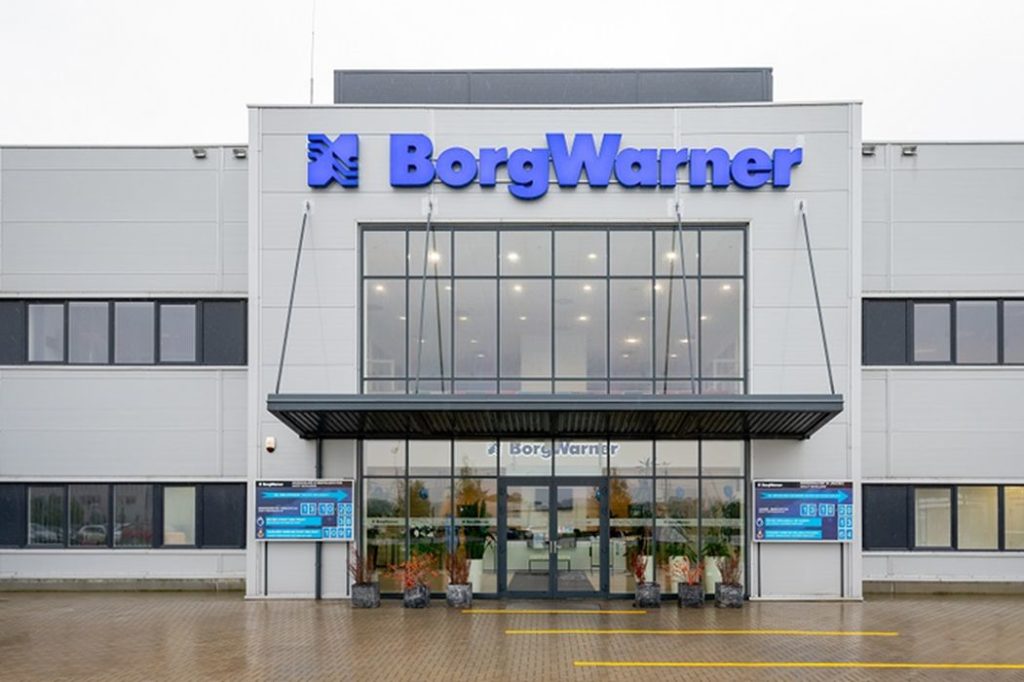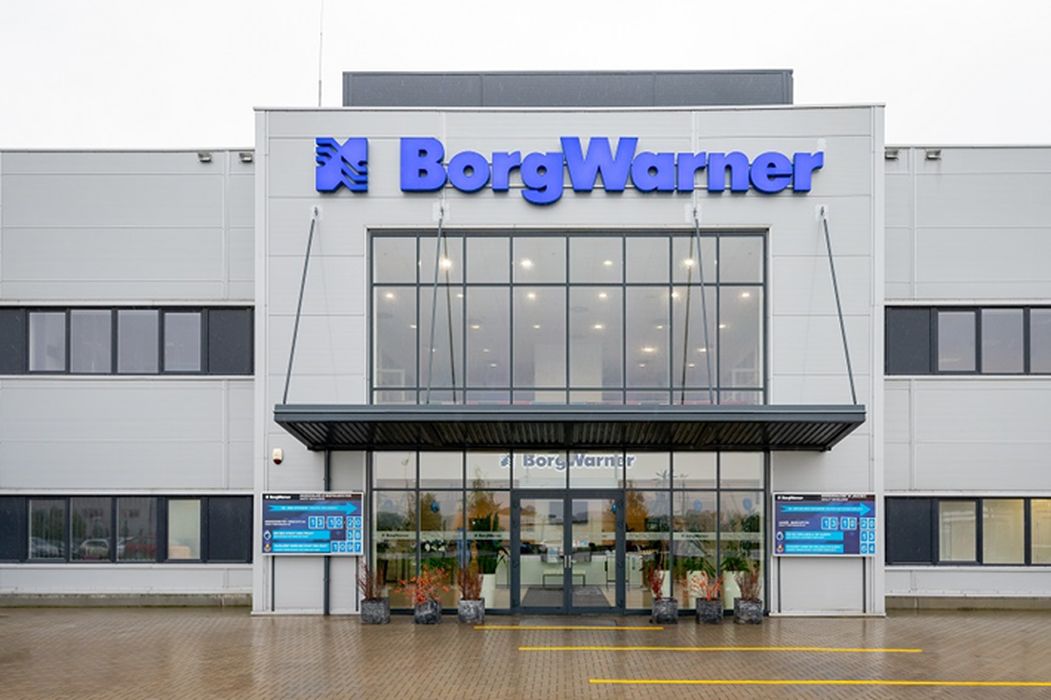
Charles R. Goulding reviews BorgWarner’s forays into 3D print technology.
Our firm had the privilege of sponsoring the New York State FuzeHub Manufacturing Extension Partnership Automation Conference on February 23, 2022. The keynote speaker was Andrew Lawlor the engineering supervisor, responsible for supplier quality and development from BorgWarner, Ithaca.
BorgWarner has 96 facilities in 24 countries and employs almost 50,000 people. New York BorgWarner is one of the 25 largest automotive suppliers in the world with sales exceeding US$10B.
The New York Automotive parts manufacturing plant works closely with the Cornell Engineering Department. Andrew explained that, with a labor shortage and turnover, they need to automate. Andrew did an excellent job stressing just how important it is to clearly explain the purpose of automation, including efficiency and quality, to the existing workforce.
Andrew devoted part of his presentation to 3D printing. He explained how they are transitioning from tool steel to 3D printing plastic parts for select companies, which has been recently enabled by the advent of widespread high temperature 3D printable materials.
BorgWarner’s printers operate 24/7 and now print 40 to 50 different parts. When one of the parts is pulled for production, an electronic message is sent to the 3D printer to produce the replacement part. This process substantially reduces inventory costs.
The Research & Development Tax Credit
The now permanent Research and Development (R&D) Tax Credit is available for companies developing new or improved products, processes and/or software.
3D printing can help boost a company’s R&D Tax Credits. Wages for technical employees creating, testing, and revising 3D printed prototypes can be included as a percentage of eligible time spent for the R&D Tax Credit. Similarly, when used as a method of improving a process, time spent integrating 3D printing hardware and software counts as an eligible activity. Lastly, when used for modeling and preproduction, the costs of filaments consumed during the development process may also be recovered.
Whether it is used for creating and testing prototypes or for final production, 3D printing is a great indicator that R&D Credit eligible activities are taking place. Companies implementing this technology at any point should consider taking advantage of R&D Tax Credits.
Conclusion
Automation projects are experiencing record growth in the United States. It was refreshing to see a hands-on executive explain the important role that 3D printing is playing in automotive automation projects.

